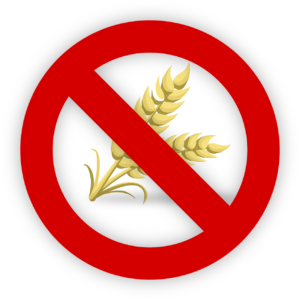Introduction
Basil, a leafy green herb with roots in Asia and Africa, has emerged as a culinary sensation, bringing a distinctive flavor to a myriad of dishes. Beyond its taste, basil belongs to the mint family, offering various varieties, each with unique characteristics. In this comprehensive guide, we delve into the diverse types of basil, their nutritional content, potential health benefits, and practical tips on incorporating basil into your culinary adventures.
Varieties of Basil
1. Sweet Basil
Renowned for its use in Italian cuisine, sweet basil, with its licorice-clove flavor, stands as the most popular and widely grown variety. Ideal for dried use, it enhances the aroma of sauces and soups.
2. Bush or Greek Basil
With a strong aroma and mild flavor, this compact bushy basil serves as a versatile substitute for sweet basil, thriving in pots and containers.
3. Thai Basil
Featuring an anise-licorice flavor, Thai basil finds its place in Southeast Asian dishes, adding a unique twist to culinary creations.
4. Cinnamon Basil
Originating in Mexico, cinnamon basil brings a delightful cinnamon-like flavor and scent, making it a perfect companion for legumes and spicy stir-fried vegetables.
5. Lettuce Basil
Characterized by large, wrinkled leaves with a licorice-like flavor, lettuce basil adds a refreshing touch to salads and pairs well with tomatoes and olive oil.
6. Holy Basil (Tulsi)
Belonging to the O. tenuiflorum species, holy basil, also known as tulsi, stands out for its distinct flavor and finds its way into Thai dishes.
Nutritional Snapshot
While basil may not be a significant source of various nutrients, a tablespoon of sweet basil provides notable vitamin K content. Basil, whether dried or fresh, contributes beneficial plant compounds with antioxidant and anti-inflammatory properties, enhancing overall health.
Medicinal Marvels of Basil
Sweet Basil Potential Benefits
Studies suggest that sweet basil extracts may:
- Reduce memory loss associated with stress and aging.
- Alleviate depression related to chronic stress.
- Aid in stroke recovery and damage reduction.
- Improve fasting blood sugar, cholesterol, and triglycerides.
- Lower blood pressure and exhibit anti-inflammatory effects.
Holy Basil Potential Benefits
Limited human studies indicate potential benefits, including:
- Blood sugar reduction in individuals with type 2 diabetes.
- Enhanced stress symptom relief compared to a placebo.
Growing and Handling Basil
Basil cultivation is adaptable, thriving in warm temperatures. Whether grown from seed or a stem cutting, basil flourishes with proper care. Harvesting practices, storage tips, and culinary suggestions ensure you make the most of this versatile herb.
Culinary Delights with Basil

From traditional Italian dishes to Southeast Asian cuisines, basil finds its place in an array of recipes. Pesto, a creamy green sauce, stands out as a popular use for basil, combining it with garlic, parmesan, olive oil, and pine nuts.
Safety Considerations
While basil is generally safe in moderation, individuals on blood-thinning medications or with certain health conditions should exercise caution. Vitamin K content in basil may interfere with blood-thinning drugs, while basil extracts can have blood-thinning effects.
Conclusion
In conclusion, basil transcends its role as a culinary herb, offering potential health benefits backed by scientific studies. From diverse varieties to culinary tips and medicinal insights, this guide empowers you to embrace basil's versatility, enhancing both your palate and well-being. Experiment with basil in your culinary endeavors, and let its vibrant flavors elevate your dishes to new heights.






